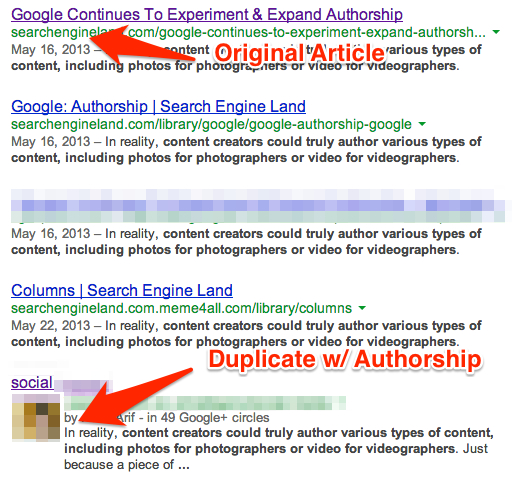How far does copyright go?
Michael John Neill found a reference online to a quilt made by his aunt, Ruth (Weber) Haase, that was in a museum at Michigan State University. He followed up and found that a cousin had donated the quilt to the Great Lakes Quilt Center at that university.
 But, he wrote, he couldn’t post the picture of the quilt he’d found: “I didn’t take the picture and the copyright to the picture belongs to the owner, not me. Even if the quilt were made by an ancestor and I was their only living descendant, I still could not use it. The museum owns the quilt and the image on their site.”1
But, he wrote, he couldn’t post the picture of the quilt he’d found: “I didn’t take the picture and the copyright to the picture belongs to the owner, not me. Even if the quilt were made by an ancestor and I was their only living descendant, I still could not use it. The museum owns the quilt and the image on their site.”1
Michael followed up two days later with an actual image of the quilt, noting:
The image of the quilt, like any image, can’t just be used in whatever fashion I want. I can use it in my personal collection and in my own private research. But the public use of images that I did not create needs to recognize the rights of the original creator of those images and, in this case, the repository holding the quilt that was photographed. It is not enough just to indicate where the original was located–if I’m going to “publish” a picture I did not take that is not in the public domain, I need permission. I emailed the Center and received permission to use the image in a blog post.2
The experience got him thinking. Were there, he wondered, special copyright rules for the use of images of tangible items like a quilt?
Great question. And the answer is that most wonderful of answers you will sometimes get from people like The Legal Genealogist:
It depends.
Copyright law protects a very wide variety of types of original work, including:
• “Architectural work” — defined as “the design of a building as embodied in any tangible medium of expression, including a building, architectural plans, or drawings. The work includes the overall form as well as the arrangement and composition of spaces and elements in the design, but does not include individual standard features.”3
• “Literary works” — defined as “works, other than audiovisual works, expressed in words, numbers, or other verbal or numerical symbols or indicia, regardless of the nature of the material objects, such as books, periodicals, manuscripts, phonorecords, film, tapes, disks, or cards, in which they are embodied.”4
• “Pictorial, graphic, and sculptural works” — defined as including “two-dimensional and three-dimensional works of fine, graphic, and applied art, photographs, prints and art reproductions, maps, globes, charts, diagrams, models, and technical drawings, including architectural plans.”5
For the first type, the “architectural work” — in other words, that iconic building you’re just dying to take a picture of, you’re just fine. Go ahead and take your pictures. The law expressly provides that
The copyright in an architectural work that has been constructed does not include the right to prevent the making, distributing, or public display of pictures, paintings, photographs, or other pictorial representations of the work, if the building in which the work is embodied is located in or ordinarily visible from a public place.6
For the second type, the “literary works” — all those books and magazines and manuscripts we use day to day as genealogists, the usual copyright rules apply. Get permission unless you’re darned sure the item is in the public domain.7
It’s that third type, the “pictorial, graphic, and sculptural works,” that can be confusing. Oh, in most cases, it’s pretty easy, sure. You need permission to photograph and publish your photographic copy of someone else’s photograph or map or chart or diagram if it’s protected by copyright. But what about the unusual case — where the work is being displayed on property where you can access it and photograph it?
That’s where things can get sticky. The problem is that just because the item is being displayed doesn’t mean it’s fair game for you to make a copy, even by way of your own photograph, and then publish that photograph. That’s because copyright gives the author of the work the exclusive right to:
(1) to reproduce the copyrighted work in copies or phonorecords;
(2) to prepare derivative works based upon the copyrighted work;…
(5) in the case of literary, musical, dramatic, and choreographic works, pantomimes, and pictorial, graphic, or sculptural works, including the individual images of a motion picture or other audiovisual work, to display the copyrighted work publicly…8
For safety’s sake, you have to consider your photograph as a copy of the original or, at least, as a derivative work based on the original,9 and that means getting permission before you publish your photo.
Even press photographers run into problems when they photograph, say, a building and the building has a sculpture on the grounds. The American Society of Media Photographers warns its members that
When art is involved in the photography of a building, however, there could be a problem. If there is a work of art attached to or adjacent to the structure you are photographing, or if you are just photographing that work of art, to be safe you will need to get permission from the copyright owner. If the artwork is secondary to the subject or focus of the photograph, or if your photography is intended for educational, research, news reporting, criticism, or public interest use, your pictures may fall into the area of “fair use” — yet a litigious copyright owner could make your life a living, expensive and defensive hell.10
So, as usual, the rule of thumb is: if you’re going to publish your copy, and you’re not 100% sure what you have is free from copyright restrictions, ask for permission. Always ask.
Now… what does that mean for the quilt? First off, the artwork on the quilt (but not the quilt as a whole) would be a “pictorial, graphic, and sculptural work.” Copyright law distinguishes between artistic elements and utilitarian elements of a useful article.11 (It’s a quilt, not a painting.)
Second, the copyright owner — the daughter of the original artist — donated the quilt and, presumably, all rights to the quilt to the museum. So assuming that the original artist died less than 70 years ago, the artistic elements of the quilt would still be protected.
So if you happen to be at that museum in Michigan, you would need — you guessed it — permission to take a photo at all (museums can have “no photography” rules) and permission to publish that photo later even if you’re allowed to take pictures.
SOURCES
- Michael John Neill, “Variation of Cats and Mice with Sawtooth Border,” Rootdig.com, posted 9 Feb 2013 (http://rootdig.blogspot.com : accessed 2 Jun 2013). ↩
- Ibid., “The Actual Cat & Mouse Quilt,” posted 11 Feb 2013. ↩
- 17 U.S.C. §101, “Definitions.” ↩
- Ibid. ↩
- Ibid. ↩
- 17 U.S.C. §120(a), “Pictorial Representations Permitted.” ↩
- See generally Judy G. Russell, Category Archives: Copyright, The Legal Genealogist (http://www.legalgenealogist.com : accessed 2 Jun 2013). ↩
- 17 U.S.C. §106, “Exclusive rights in copyrighted works.” Emphasis added. ↩
- See 17 U.S.C. §101, “Definitions.” ↩
- “Copyright Tutorial: Photos of public buildings,” American Society of Media Photographers (http://asmp.org : accessed 2 Jun 2013). ↩
- See 17 U.S.C. §101, “Definitions.” ↩



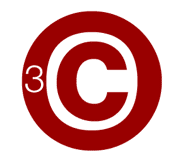


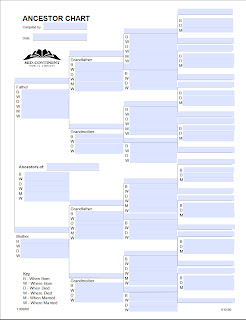











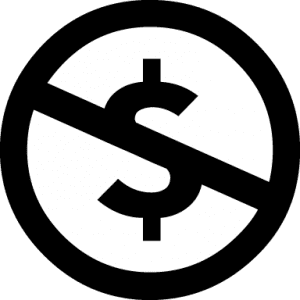 Yesterday, Pamela Vaughan at HubSpot
Yesterday, Pamela Vaughan at HubSpot 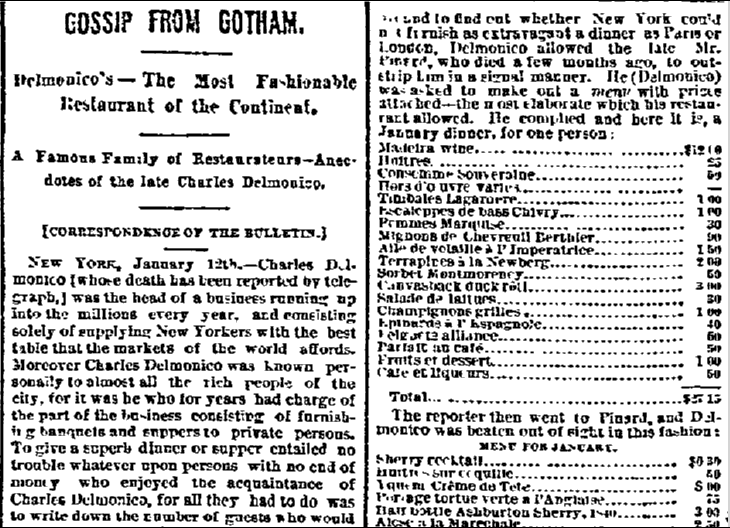
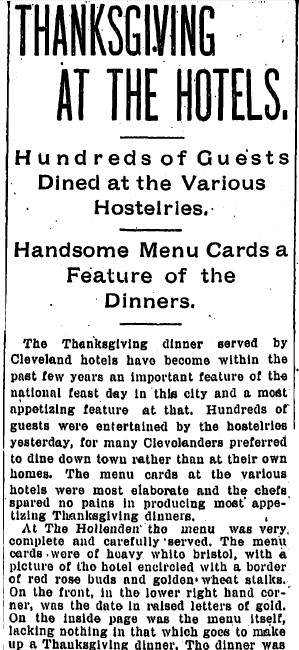

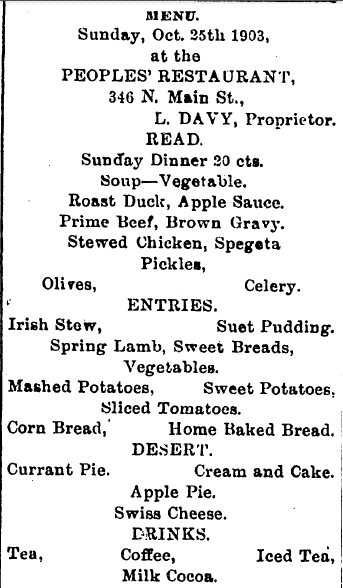
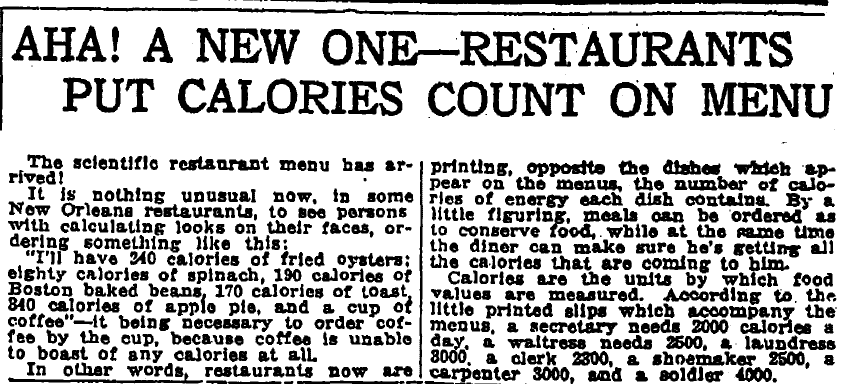



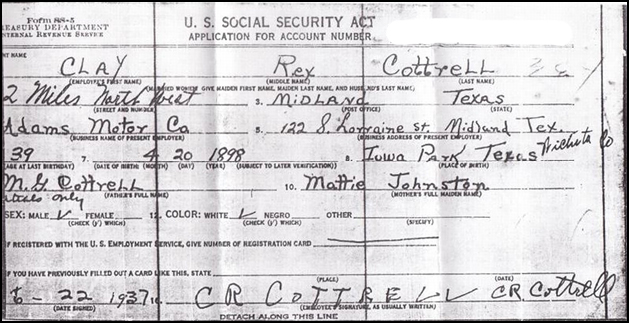
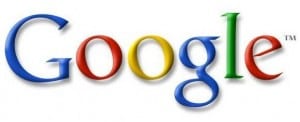 Though
Though 
